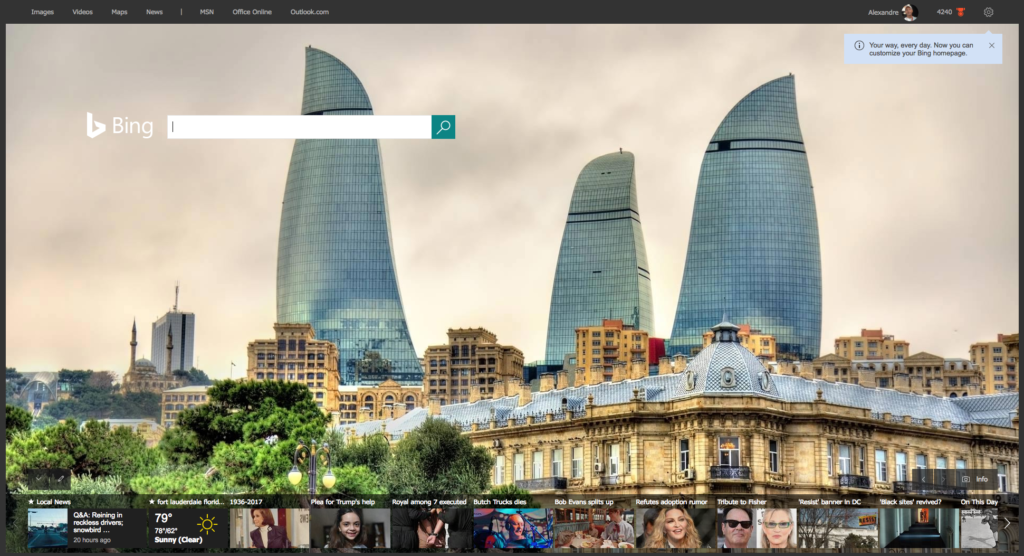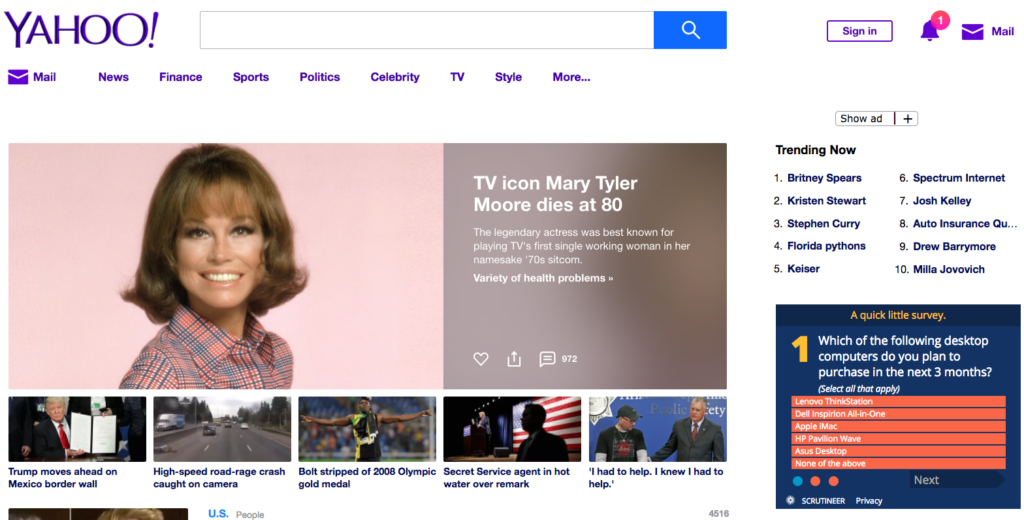When planning the user experience, whether of a physical or digital product, one must consider both the form (as the interface elements are positioned, used colors, visual elements, etc.) and function (the solution of the problem that the product offers ).
In many cases it is common, erroneously, to associate good design with a visually beautiful product.
Take the example of a mobile app that adds filters to photos. Let’s imagine that its interface is well designed, beautiful and lively (which is an excellent start, by the way), however, it is slow when applying the filters, presents several alerts and constantly decreases the final quality of the photos, we can say that, although its form is excellent, its function leaves something to be desired.
Let’s use the same example, reversing the situation proposed above: the application brings buttons designed for the 80’s, pixelated icons but the application of filters is super fast and the quality of the generated images is impressive. A clear example of bad form and excellent function.
Obviously, as designers, we want to create something that exceeds expectations on both topics and, more than that, if possible, we want our design to be memorable for our users.
As there are several form-focused web postings (such as creating visual elements, Photoshop / Sketch / etc tips, color theory, and the list goes on), I will focus on the theme of function in this text.
Practical, Aesthetic and Symbolic Function
First, it is important to understand that distinct users perceive the function of a product differently.
Since we talk about photography in the examples above, let’s take Instagram as a reference here. While most users identify their practical function as “a simple way to capture and share their moments with the world” – extracted from the description of the app. Others use it to connect with distant family and friends, without ever capturing or sharing something, for example. For them, the function is different.
In practical function, the relationship between a product and its users aims to satisfy a physiological and/or immediate need. Take a clear example: you are walking and have to travel 200 miles. Any car you could get would satisfy your physiological need to move from one place to another faster.
Bringing this to the use of the photo application, you are walking and find your idol at the next corner. All you need immediately is an app that lets you take a picture.
When the relationship between a product and its users is situated at the level of sensory processes, that is, satisfying a psychological or emotional need, we call this an aesthetic function. Remember the joy of having ANY car in the above situation? Now that you are already driving, it would be more interesting to have a new car, in your preferred color, with more powerful engine and that cool audio system. The basic function, although it is the same as before, is no longer sufficient. More than reaching a place, the focus now is the comfort and excitement of getting faster, with more style.
Going back to the app, you now want to not only take pictures but apply filters and share with your friends.
This “thing” becomes even more interesting when the relationship between a product and its users is placed on a more than emotional level, establishing connections with previous experiences, desires and sensations. That cool car above, now can not be any brand, it has to be Ferrari, conferring status and prestige to whoever drives it. This is what the symbolic function would be.
The application now, apart from doing everything we need, differentiates us and is personal. For example, the feeling of seeing the picture of our dog being “loved” by people we do not even know gives us a status/feeling of pride. Any app is no longer useful, it has to be Instagram, for example.
Using the top 3 current search engines (Google, Yahoo and Bing), let’s try to understand the functional goals of each design more clearly:

Google gives little emphasis on the aesthetic aspects, being totally oriented to the practical function.

With Bing, the aesthetic function is predominant. The search is there, just like other services, however, who visits the page daily is probably more interested in seeing the beautiful daily photos first.

Meanwhile, Yahoo offers other services, in addition to the search, allowing the user to customize what kind of news he wants to see or plan trips. Who goes to their site, seeks more than practicality or aesthetics in the search. Many use the portal as a news aggregator. Going to it means more than simply looking for something (the practical function) but also knowing about the football team, politics, in short, themes that are relevant to the user. In this scenario, Yahoo symbolizes “my web” – although we can not consider visiting the portal as a spiritual relationship, we clearly see here a much more symbolic function than Google for this user.
Resuming…
As designers, our constant quest is to be able to create experiences that make our users do not want to think about any solution other than ours. Not every product needs to have a symbolic function. Google itself is a great example of unbeatable practice function. However, we know that the easiest products to change are those with a single focus on practicality.
When creating your next experiment, think about it:
How do I offer something that can connect at an emotional / personal level of the user?
ABOUT THE AUTHOR
Alex Souza has been a user experience specialist for over 20 years. He started his career at Banco do Brasil in 1986 and since then has led and built award-winning projects in designer, marketing and technology positions in companies such as Lotus / IBM, Microsoft, Kwiksher, Rackspace and, currently, GreenMile.
Alex graduated in Digital Design from Anhembi-Morumbi University and holds a Masters Degree in Education, Arts and History of Culture from Mackenzie University (both institutions are based in São Paulo, Brazil). Since 2005 he has been a speaker at international events such as SXSW, Microsoft MIX and Publishing App Conferences.
Do you like UX? Give a “follow / like” and share it! On Twitter I am @ux_ale